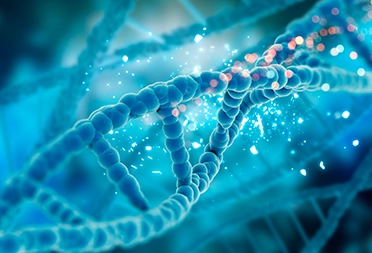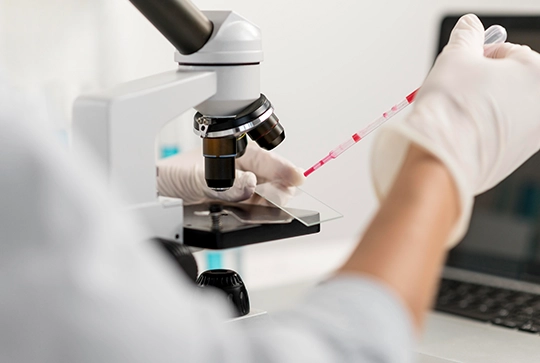
BioChain’s Spatial Biology Reference Tissues are meticulously prepared to facilitate comprehensive spatial gene expression analysis. These tissues have been pre-characterized using advanced platforms like 10x Genomics Visium® and Xenium, as well as the Nanostring DSP, to give you a head start in your spatial discovery studies.
Visualize complex biological architectures in both normal and diseased tissues and discover novel biomarkers and the exploration of cellular organization with BioChain’s high quality spatial reference tissues.
Map the entire transcriptome to gain insights into gene expression patterns within the tissue environment. Comes with ready to use data and tissue sections.
Each tissue sample undergoes rigorous characterization to provide reliable and reproducible results.
Optimized for use with 10x Genomics Visium® and Xenium platforms as well as Nanostring DSP, ensuring seamless integration into existing workflows.
Suitable for various research needs, including oncology, neurology, and developmental biology.
Our collection includes a wide array of tissue types, such as human breast tumors and normal brain tissues (e.g., frontal lobe). These samples are processed to maintain integrity and are compatible with both formalin-fixed paraffin-embedded (FFPE) and fresh-frozen tissue protocols.
This versatility ensures that researchers can select the most appropriate tissue type for their specific spatial gene expression studies. citeturn0search6
BioChain’s Spatial Biology Reference Tissues have been instrumental in advancing research across multiple disciplines:
Investigate tumor microenvironments and identify potential therapeutic targets.
Explore spatial gene expression in brain tissues to understand neurological disorders.
Examine spatial patterns of gene expression during tissue development and differentiation.
Researchers have successfully utilized these tissues to visualize spatial organization of diverse cell types, states, and biomarkers, leading to significant discoveries in their respective fields.

By integrating BioChain’s Spatial Biology Reference Tissues into your research, you gain access to high-quality, well-characterized samples that enhance the accuracy and depth of spatial gene expression studies
Reach out to us to customize your project! We offer a fully customizable, end-to-end, full stack process able to conform to your needs.
Copyright @ 2025, BioChain Institute Inc. All Rights Reserved